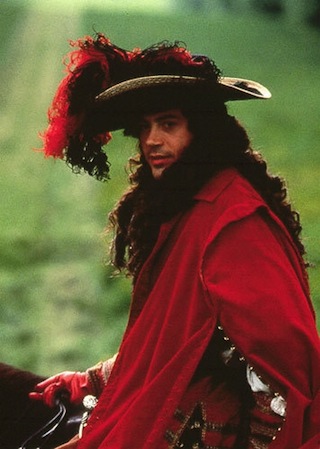Although the jingle-belled codpieces of the 1540s and the disco suits of the 1970s were something special, my vote for the silliest decade in Western men’s fashion is the 1660s. It was an age of voluminous pirate shirts, elaborate, waist-length wigs, high-heeled shoes, enormous feathered hats, and yard upon yard of candy-colored brocades, silks, and velvets.
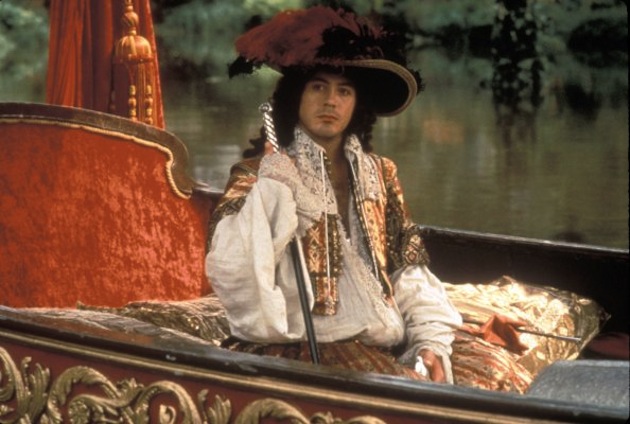
This is the age of Restoration, a fun, hot mess of a tale starring Robert Downey Jr. as Robert Merivel, a remarkably gifted and hard-partying doctor who becomes the court veterinarian to King Charles’s beloved spaniels and a husband of convenience to the king’s mistress, before falling out of favor and being forced to practice his art among humbler company.
At the height of Merivel’s favor with the king, he out-dazzles even the women at court. It can sometimes be difficult to tell where he ends and the palace’s upholstery or drapery begins. And he’s got so many clothes on, he can hardly keep up with them all: He can never seem to keep his collar closed or his stockings up; he’s always juggling a walking stick and a hat and ribbons on his shoes; and he has enough fabric flapping around himself to clothe three men. He makes the word “fop” seem like onomatopoeia.
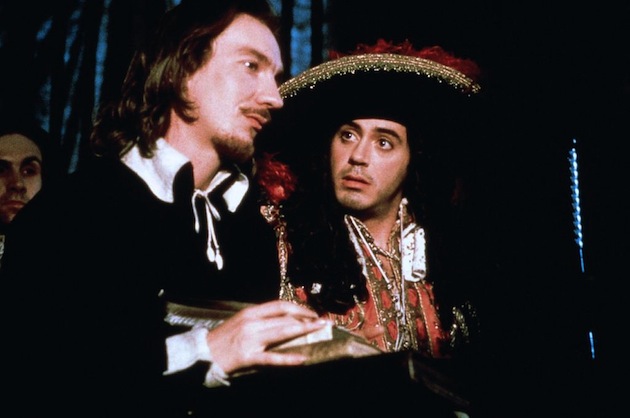
When he is granted a country estate and liberated from the exhausting task of getting dressed every day, he spends much of his time in rich, flowing robes that must have been the 17th-century equivalent of sweatpants. But even this is too much; Merivel always seems like he’s drowning in lace.
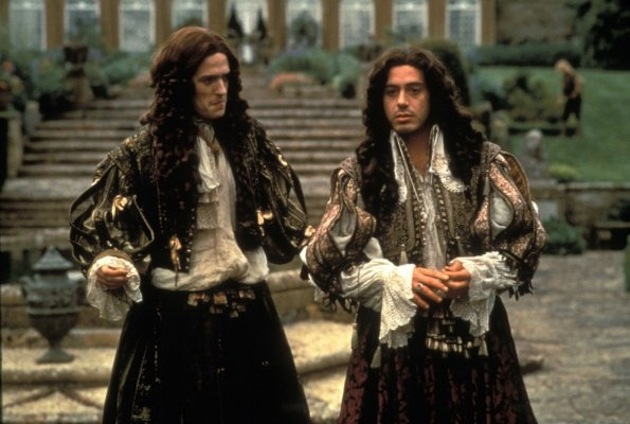
He doesn’t really ever get comfortable in his clothes until much later, when he returns to London during the plague. By then he has lost the king’s favor, worked for a while in a Quaker mental asylum, and lost the mother of his child to an emergency cesarean section he had to perform himself. His coats of many colors are long gone; now he’s in sensible grays and blacks, in proportions that fit him. He settles into fatherhood and returns to his calling as a doctor at the plague hospital.
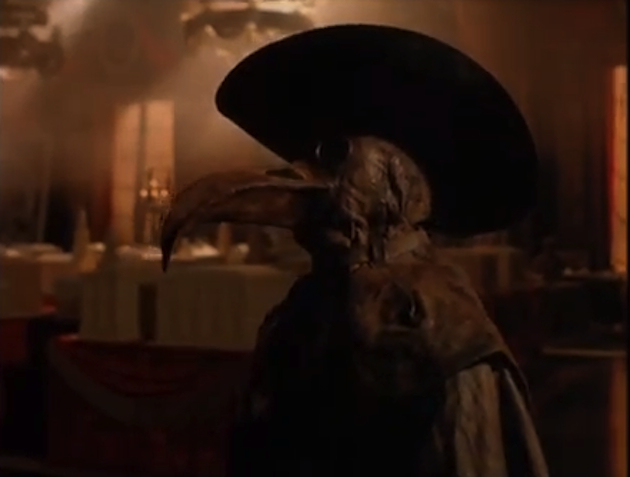
He does don a costume one last time, though, for an incognito visit to court to treat his ex-wife, the king’s mistress. But there is nothing fanciful about what he wears: In addition to his newly sober dark clothes, he wears a historically accurate plague mask, a nightmarish combination of gas mask and bird beak into which purifying herbs were packed to filter the infectious air. If Merivel was a bird of paradise before, he’s a raven of hell now. But although sin always seemed to come easily to Merivel, evil never did. In the end, he brings hope to the king, who in turn restores Merivel to Eden, or at least a suburb of it.
